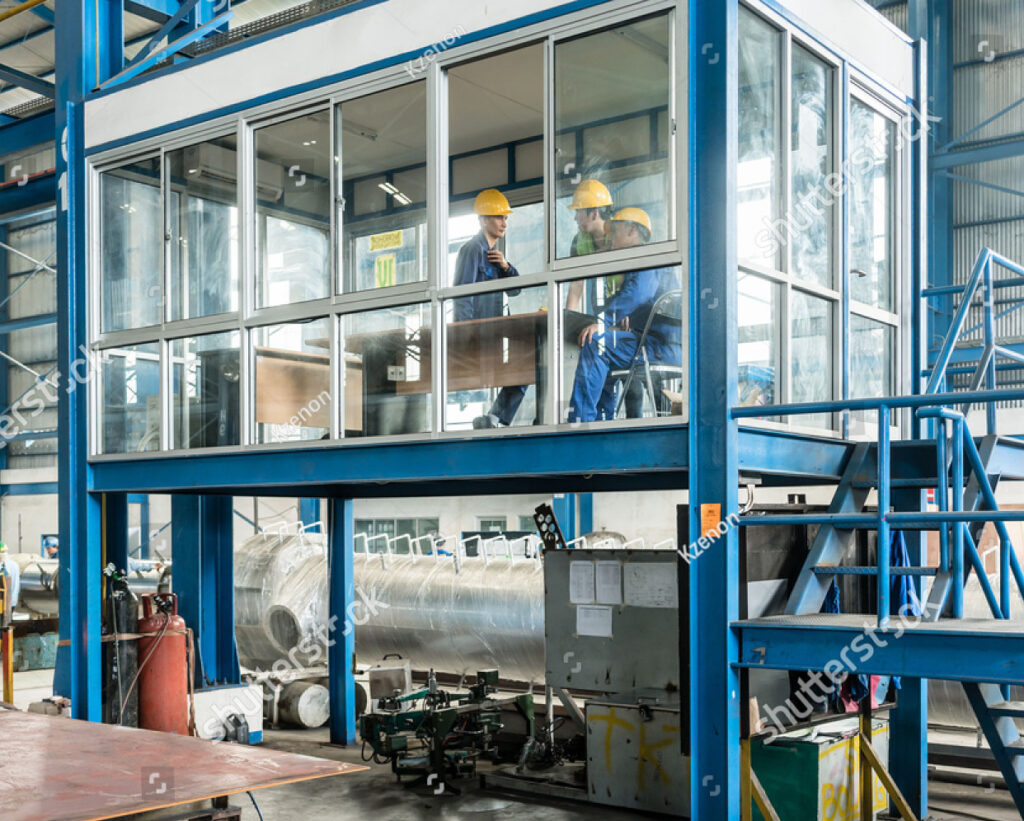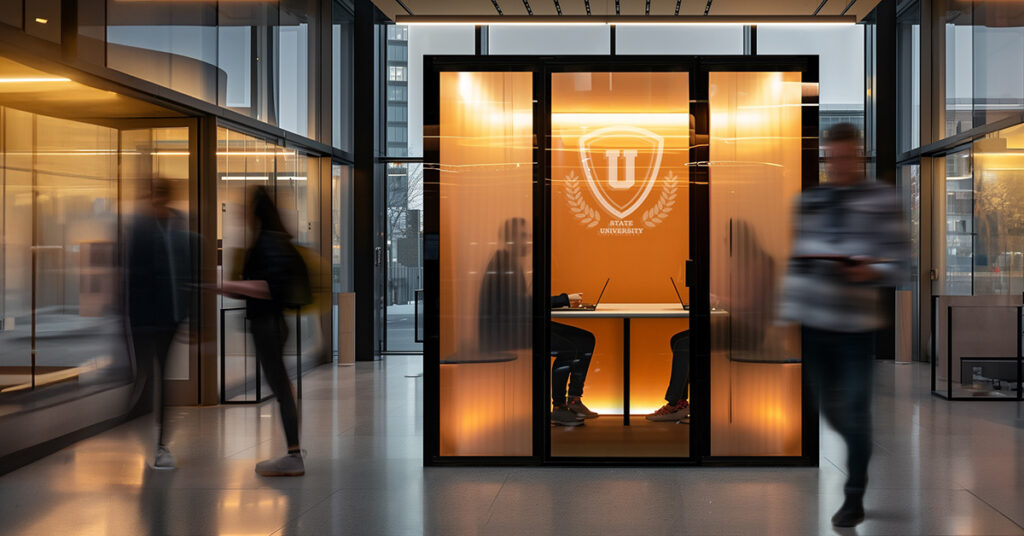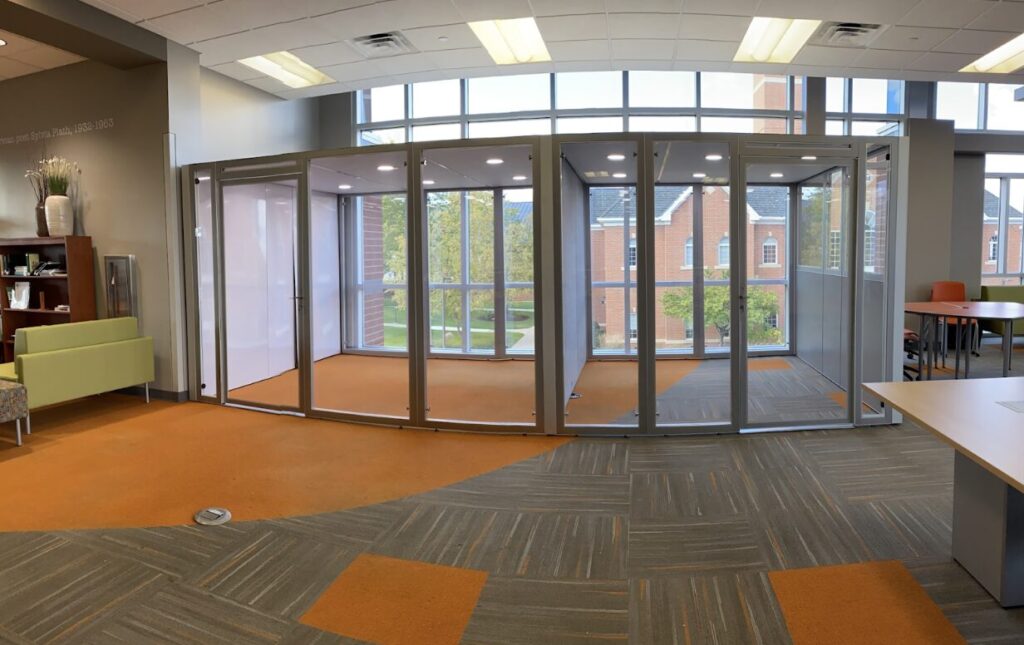In the past, office trends favored innovations that improved employee productivity and wellbeing. However, the COVID pandemic has shifted focus to safe office spaces that minimize health risks. Many organizations have changed office layouts and embraced flexibility to enhance safety, but the trend is likely to continue after the pandemic.
Implementing Strict Sanitation Standards
Employers need to make it easier for employees to observe the strict hygiene and health protocols imposed by the pandemic. Most organizations have responded to this challenge by installing extra sinks, open areas, restrooms, and placing hand sanitizer dispensers at strategic locations. Organizations are also making structural adjustments, such as partitioning spaces or providing new cabinets and lockers to facilitate office sanitation.
Dynamic Seating Arrangements

The pandemic has mainstreamed the ‘hot desking’ trend that was picking up in the pre-pandemic era. Hot desking eliminates the concept of a personal working space by making employees select a new working area every day. Hot desking has inspired office design trends, such as co-working zones where employees can collaborate as teams.
While hot desking can seem to be counterintuitive during a pandemic, it boosts sanitary standards. In traditional offices, cleaners are told not to touch items on assigned desks, allowing dirt to accumulate. In contrast, unassigned desks can be cleaned and sanitized every day, making them safer.
Unassigned desks also enhance flexibility when making barriers and boundaries like shields or walls because employees can choose seats that allow social distancing. Seats can be arranged such that people don’t face each other. In communal rooms, workers can remove some seats to create space.
Adopting Touchless Technology
One office design trend that is going to peak in 2021 is the use of hands-free technology to minimize touching and the spread of disease in the office. Many organizations have implemented touchless check-in systems where people scan a QR code to access common spaces like elevators or front desk offices. Other technologies being adopted include VOIP communication tools and ambient technologies, such as IoT and AI.
Creating Ideal Remote Workstations
Most organizations have embraced remote working as a way of ensuring operational continuity during the COVID health crisis. However, some employees seem to prefer working from home because it promotes work-life balance and overall job satisfaction. At the same time, remote working offers employers an opportunity to cut costs while boosting productivity.
The challenge is how employers can make remote working consistent with organizational goals. Organizations need to create remote workstations that promote corporate culture, achieve performance targets, and are adaptive to employee work styles. Such workstations should be ergonomic and technologically integrated to enhance innovation, synergy, collaboration, and employee wellbeing.
Integrating Nature and Smart Materials
Most office design experts prioritize smart materials that resist mold, are microbial, or improve indoor air quality. There is also an increased emphasis on better ventilation to allow in outdoor air and reduce transmission rates. Other designers have gone for biophilic designs such as office plants and creating living walls to improve air quality.
Some of the innovations office designers are using to create safe workspaces include:
Desk Pods: desk pods allow workers to collaborate while maintaining social distancing. Organizations are using them to encourage safe collaborations and teamwork.
If you are planning to adapt your office space to COVID safety standards, YOURspace can help you out. We are the only office pod solution that is completely customizable. Talk to our sales team today to find the best option for you and your team.




